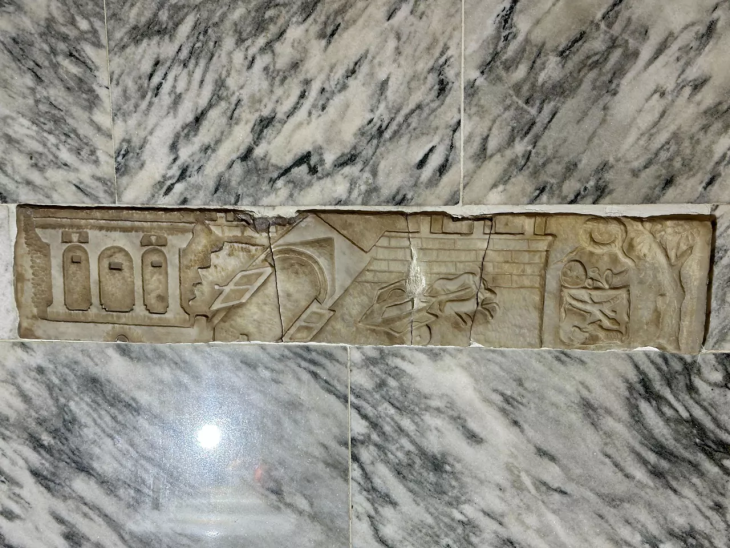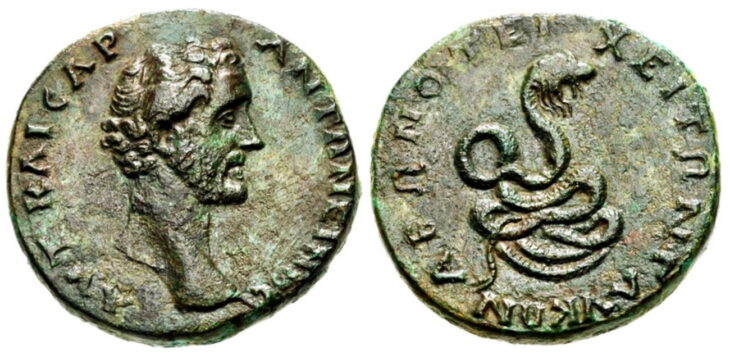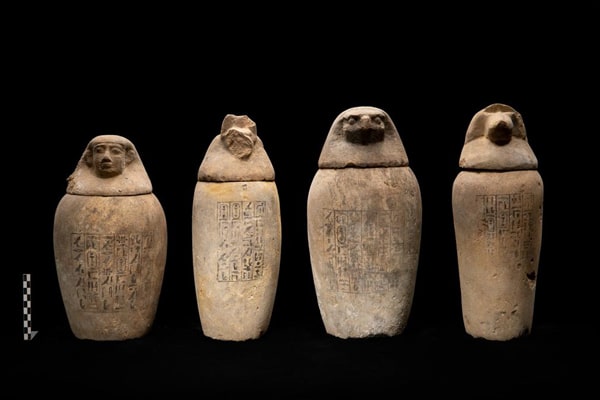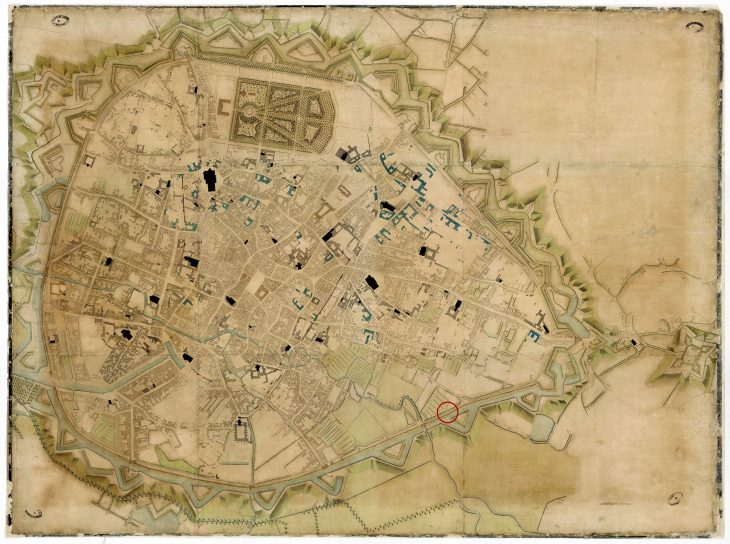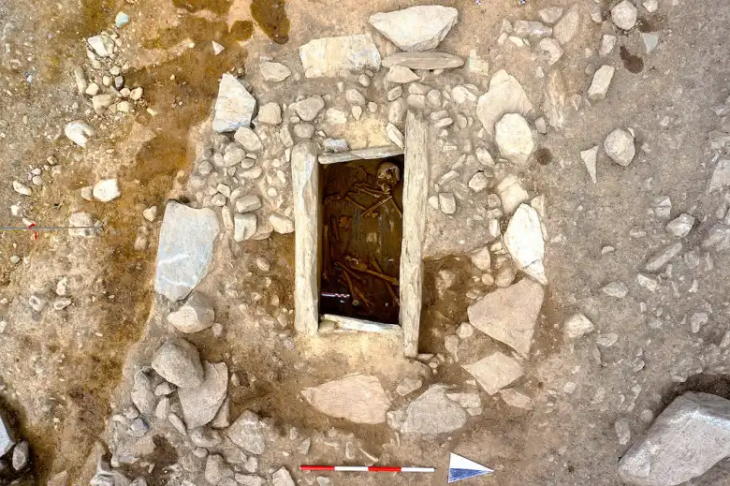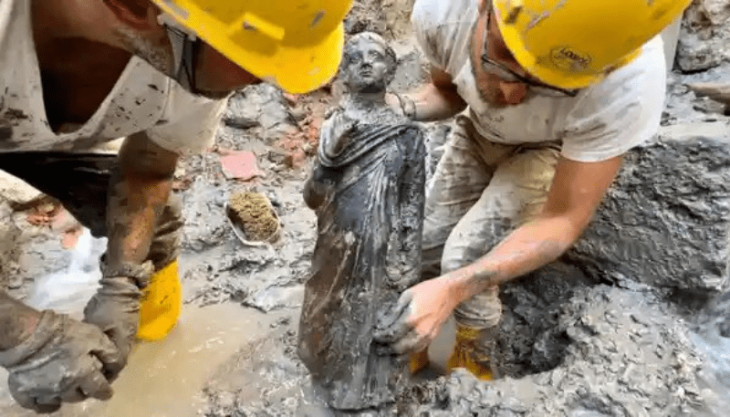The Tal-Wilga tower, one of Malta’s Punic-Roman heritage sites, is in danger from construction work near it.
The Superintendent of Cultural Heritage in Mqabba is looking into building activity that is taking place quite near to a protected Punic-Roman tower that dates back hundreds of years.
Cultural Heritage Inspector Kurt Farrugia told the Times Of Malta that investigations are ongoing and that they are looking into the permits issued for the works to be carried out.
The president of the Archaeological Society of Malta, Patricia Camilleri, called the activity “disgraceful”. “Tal-Wilġa is a very significant Roman site and well deserves its Grade A scheduling. The situation should be rectified swiftly, before the tower and its historical context are further obliterated,” she said.
She stated that the tower has had a 100-meter buffer zone since it was protected in 1994. This helped to preserve the tower’s historical setting while also creating a protected environment for the structure, which might easily be destroyed by vibrations.

Patricia Camilleri, “These towers are fragile. The adjacent field has been leveled and heavy machinery has been passing alongside the tower. This could damage the tower unless it’s already been damaged,” she added.
Six sites, all on the main island of Malta, have been identified as the remnants of Punic or Roman towers. These are the Gajn Klieb Tower, the Tal-Baqqari Tower (also spelled tal-Bakkari), the Ta’ieda Tower, the Ta’ awhar Tower, the Tas-Santi Tower, and the Ta’ Wila Tower. The towers were most likely erected during the Punic period and then enhanced by the Romans.
According to some academics, they were erected to defend a hamlet or town and may have been part of the island’s defenses during the Second Punic War (218 to 201BC). Others speculate that they served as lookout stations to defend the surrounding fertile area.
A Maltese independent Green politician, Arnold Cassola, also expressed his reaction to the issue on Facebook. Cassola’s post received many likes in a short time.
Thomas Ashby excavated the building at Tal-Wilġa in 1910 and determined that the earliest activity at the site was Punic. Tal-Wilġa was included in the protection of the Antiquities Regulations in 1932. (Antiquities List)




